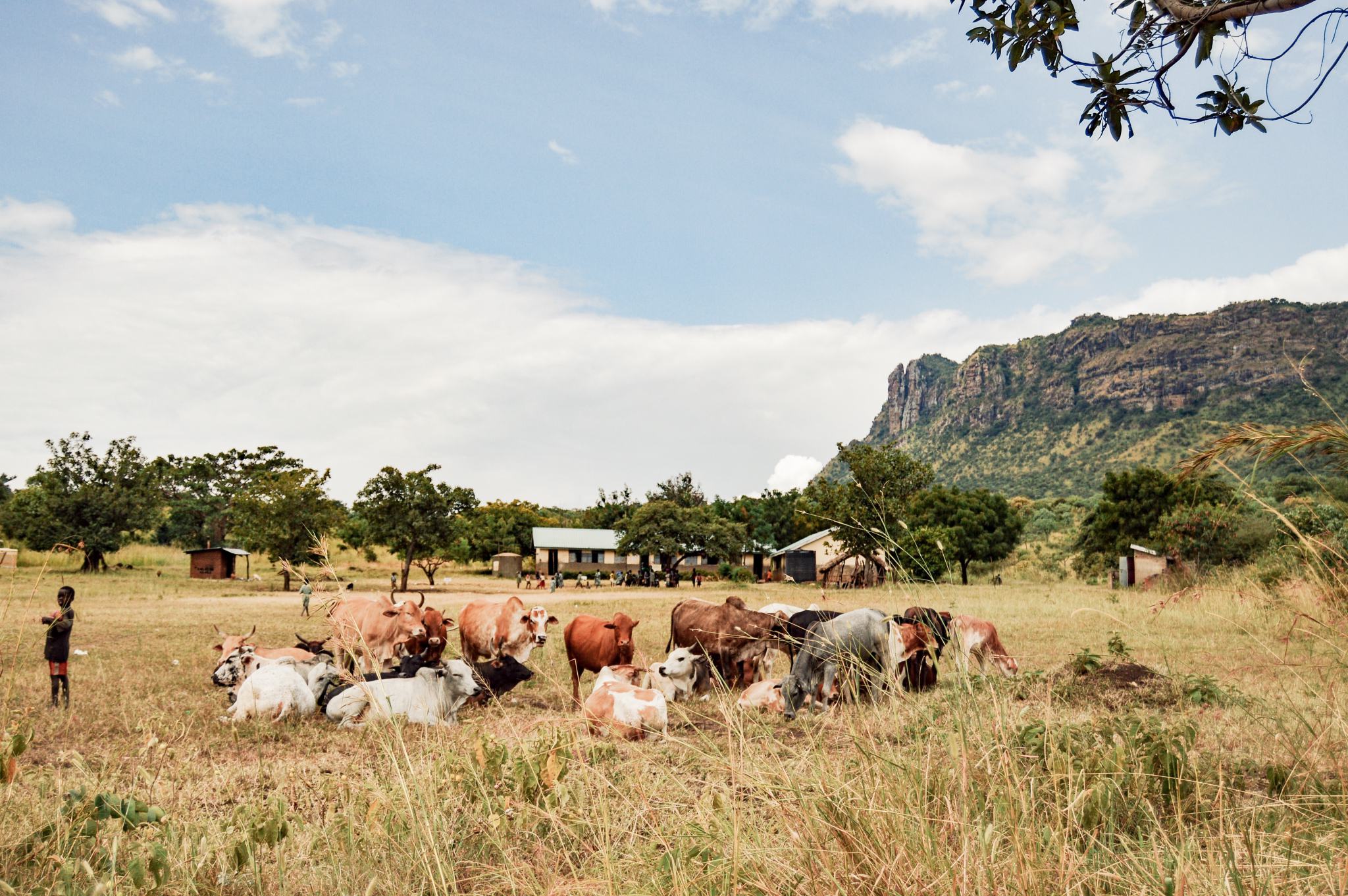
How a UMN Student Is Transforming Education Through Cows
When University of Minnesota student Abigail Knoble walked into her GCC 3003/5003: Seeking Solutions to Global Health Issues course, she did not imagine it would lead her to implement a nutrition program in northern Uganda.
The course introduced her to the issue of livelihood shifts in the pastoralist-based, rural region in Karamoja, Uganda. After ten weeks of researching the problem, her group suggested the use of cows as a way to aid undernourishment and low school turnout issues.
After completing the course, Knoble wanted to continue developing the program, a desire her group members didn’t share. Knoble sought out Maria Soroka, her roommate who was interested in the project, and together they took the continuation course, GCC 5501, to expand and strengthen her bovine solution.
In 2018, they applied for the University of Minnesota’s Acara Challenge, a competition where students submit their proposals to solve social or environmental challenges, and try to win funding. As the Silver Winners for the undergrad division, Knoble and Soroka received about $3,000 to initiate their program, Educowtion.
“Educowtion is essentially supposed to be a sustainable program that is meant to reduce malnutrition and increase school attendance amongst these rural communities in Karamoja,” Knoble says.
In Karamoja, cattle are the community’s source of livelihood. Noting the value placed on them, Knoble and Soroka’s program utilizes 10 cows and their milk to entice students into attending school, improve their diets, and benefit the community.
“It uses the enormous amount of skill and resources that are already there,” Knoble says. “We’re not bringing in anything foreign, we’re not changing anything.”
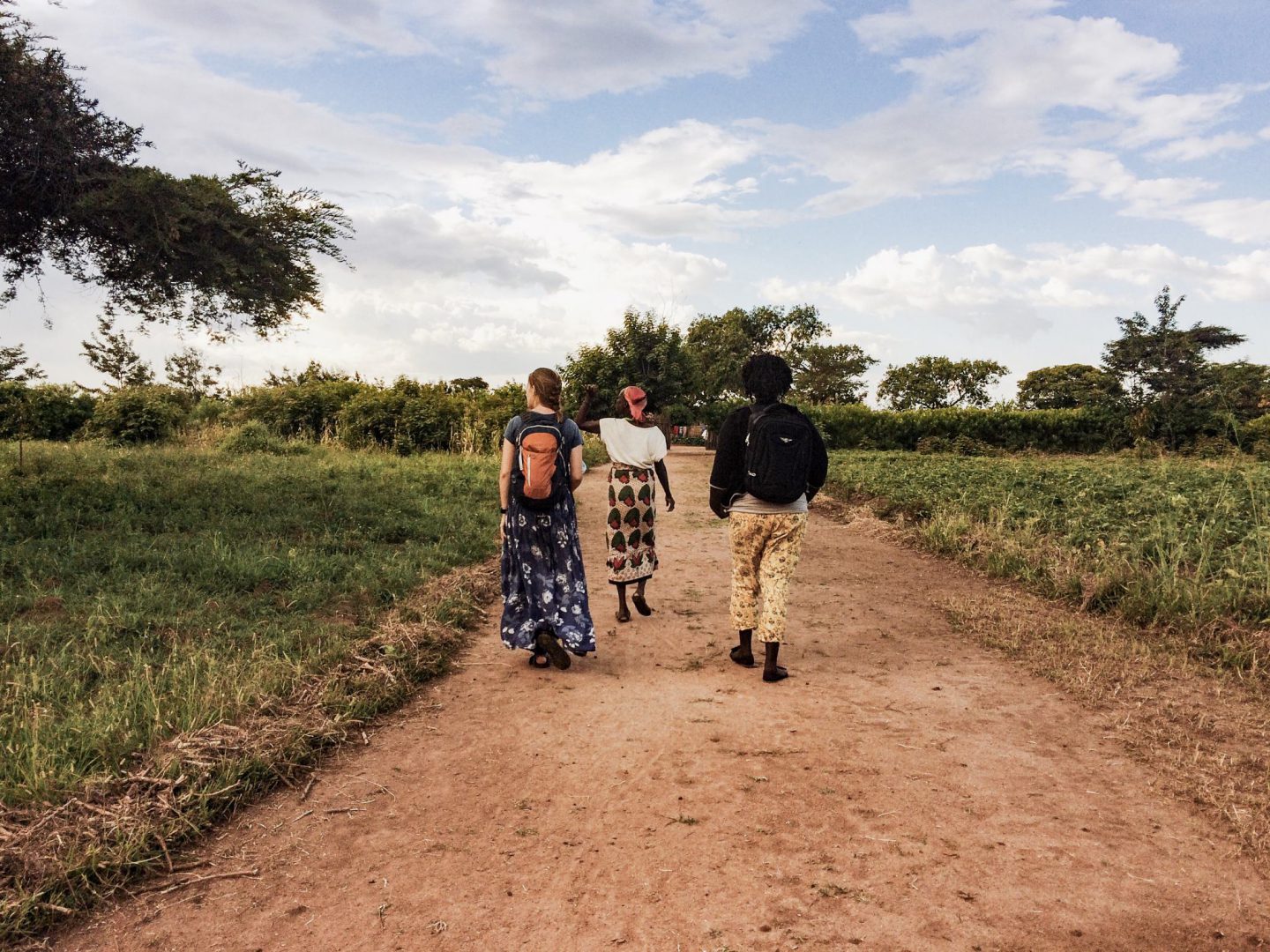
The cows’ caretaker is selected by members of the community—the elders, school board and the PTA. This role requires them to care for the cows, maintain their health, and provide milk to the students for their lunches. On weekends and holidays, the milk can be sold to the local community, adding protein to their diets.
Profits made off the cows is divided into percentages, with a portion going to the school, the caretaker, savings for any medical costs and a saving account. This saving account will pay for the medical and set-up costs for when another school adopts the program.
“Those initial costs that we provided for them, they’re expected to pay that forward to two schools,” Soroka says. The program is expected to grow, with other schools introducing it themselves. “Our vision is to be alongside of it.”


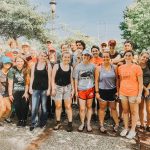

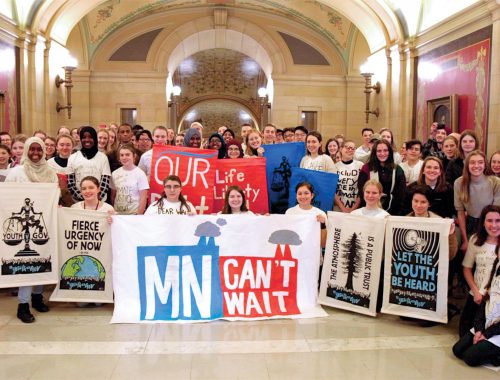
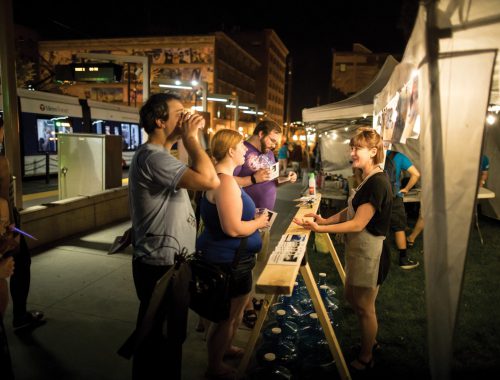





No Comments